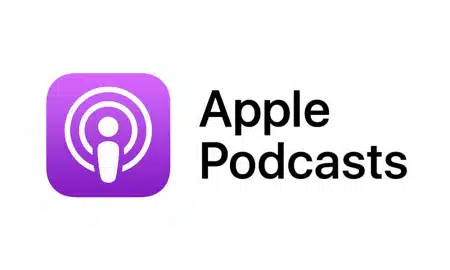The State of REMI Workflow: Remote Live Production in 2022
IP Video for broadcast has transitioned from a novelty to a necessity – as broadcasters everywhere look for a way to connect a production workflow that allows live content to be captured from a remote location and managed from a central control room. The industry has responded with a variety of remote capture and control solutions for cameras, video switchers, IFB, audio, lighting; utilizing proven video-over-IP standards like SRT, NDI, RIST, RTMP, LRT, and Dante. In this episode of Broadcast2Post, the Key Code Media team brings together top engineers- Brett Collins from BC Live Productions and Will Johnson at MeyerPro in the live production and broadcast industry to discuss unique ways REMI workflows have transformed their live production events.A Brief Guide To Video-Over-IP Standards For Remote Live Production
- NDI – NDI comes in two flavors- compressed NDI | HX, and full NDI. NDI|HX is a lot like H.264. Its transmission bandwidth is adjustable, with 1080P60 video defaulting to 10Mbps. Full NDI is an I-frame intra-frame compression scheme. During the transmission process, full NDI consumes a certain bandwidth – HD needing 90-180Mbps and 4K with 200-300Mbps required. With NDI transmission, we recommend a Gigabit network that is suitable for applications that require high image quality, such as program production. There is a full suite of free- super-helpful NDI tools- that can do everything from a screen capture on a computer or a device on the network, to converting multiple guests from a Microsoft Teams call into unique inputs on your video switcher. Delay for NDI on a local network is typically less than 100ms or about 1 to 3 frames. NDI is also best suited for local area networks, although there are applications that can help broadcast NDI over the internet.
- SRT – SRT is a transmission protocol based on the H.264 / H.265 compression scheme. The focus here is on delivering high-quality video. SRT’s anti-packet loss mechanism is an ARQ, which is an Automatic Repeat Request error correction mechanism, removing jitter or packet drops that can sometimes happen to video. Delay for point-to-point transmission is under 1s. SRT is made to transmit signals over the internet but it is important to note that SRT transmission applications require a fixed public IP address on either the sender or the receiver.
- RIST – The Reliable Internet Stream Transport protocol is similar to SRT, containing a special packet loss algorithm that reduces error, providing high quality and highly reliable broadcast stream. RIST is unique when it comes to protection. RIST Safelink protects live video and audio over unsecured networks.
- RTMP, Dante, Others etc. There is also RTMP streaming, which is arguably on its way out but is used heavily by FLASH and Mobile IOS and ANDROID streaming apps AND DANTE and AES67 for audio- and many more than we’re not listing here. And that’s the point – with all these IP “cars” driving ‘fast’ on the virtual highway, we need to create standards and best practices – to keep each video or audio stream in its lane.
Network Consideration For Remote Live Production
When it comes to having a quality experience with using video-over-IP protocols and remote live production technology- the quality of both internal and external networks is vital to success. Productions teams often need to have a network IT engineer to troubleshoot issues with firewalls, ports, security, and a variety of other issues that may come up. There’s also a good argument to keep your production network completely separate from the network your team is using for email and regular work traffic. Remote live production can be great but it does require a bit more thinking of issues that go beyond the knowledge of a traditional broadcast engineer. Book a strategy call with Key Code Media if you ever have any questions about how to prepare your production network for remote production.Why Key Code Media? Book A Strategy Call or Get a Private Demo
Key Code Media is the preferred resource for audiovisual equipment, installation, and aftermarket support. We approach both complex projects and equipment procurement with a high-touch customer service focus, ensuring equipment is delivered, installed, and adopted by a customer successfully. We focus on your vision and business needs, deploying solutions that work today and into the future, keeping you ahead of technology. (Calif C7 & C10 contractor’s #1010561) OUR SOLUTIONS INCLUDE:- A/V Equipment (Conference Rooms, Lecture Halls, Classrooms, Video Walls, Collaborative Offices, City Council Chambers, Programming)
- Broadcast Equipment (Comm Systems, Flypacks, OB Truck, and Control Rooms)
- Post Production Equipment (Audio Suites, Video Edit Suites, Creative Workflow and Shared Storage)





